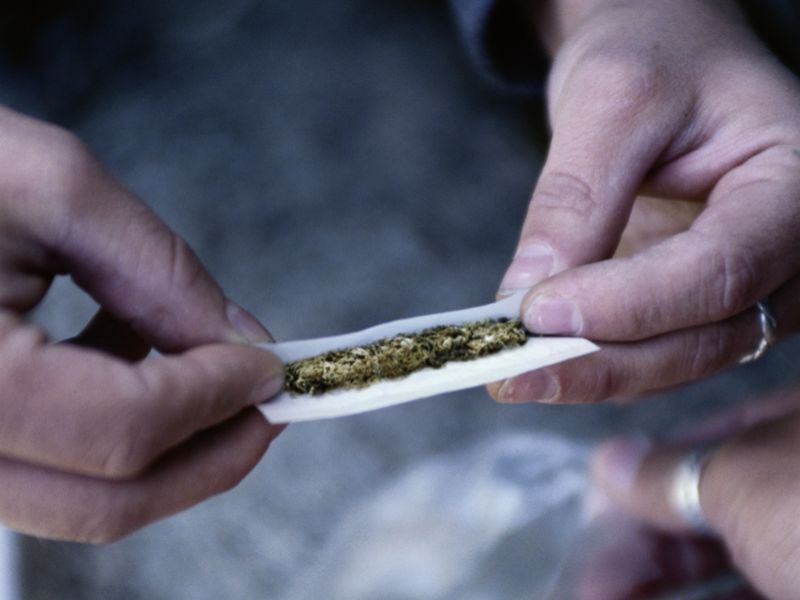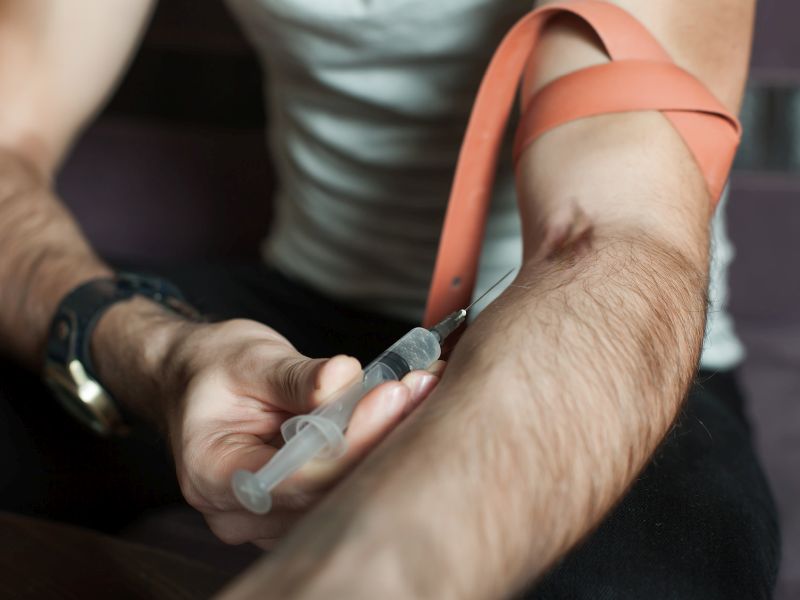
Depression in the man may reduce the chances that a couple struggling with infertility will ultimately conceive, new research suggests. Depression among women was not linked to lower conception rates, the study authors said. But women being treated for infertility who also took a type of antidepressant known as non-selective serotonin reuptake inhibitors (non-SSRIs) were… read on >























-300x200.jpeg)




